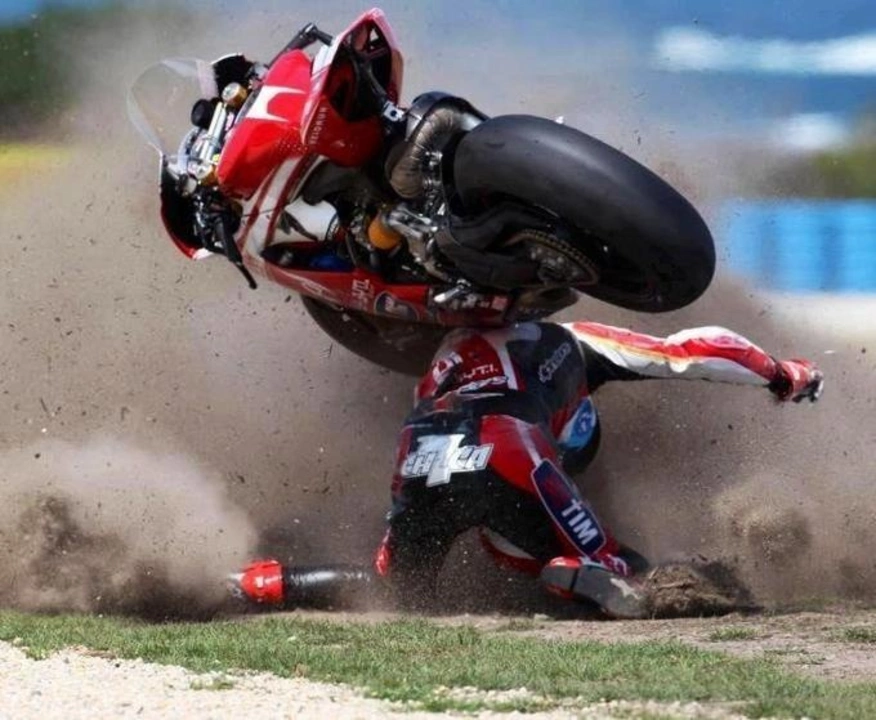Safety in Motorsports: Why It Matters and How to Stay Protected
Every fan who watches a race feels the rush of speed, but the real excitement starts with safety. When drivers, crews, and spectators all follow the right safety steps, the sport stays thrilling without needless risk. In this guide we’ll break down the basics—gear, car design, and track rules—so you know what keeps everyone safe.
Gear that actually works
The first line of defense is what you wear. A well‑fitted helmet, fire‑resistant suit, gloves, and shoes can mean the difference between a close call and a serious injury. Look for helmets that meet the latest FIA standards and make sure the visor is clean for good visibility. Suits should have multiple layers of fire‑retardant material and breathable panels to keep you cool during long sessions.
Don’t forget the smaller items. Neck braces, hip protectors, and padded liners add extra protection without weighing you down. When you buy gear, try it on and move around—if you feel restricted, it won’t protect you well.
Car safety features you should know
Modern race cars are built like rolling safety cages. The roll cage surrounds the driver and absorbs impact, while the chassis is reinforced to keep the cabin intact. Crumple zones in the front and rear help dissipate energy before it reaches the driver.
Other must‑have systems include fire suppression, which can flood the cockpit with foam in seconds, and harnesses that lock at multiple points. Check these components before every session; a missed bolt or worn strap can cause trouble later.
Even the tires play a safety role. Using the right compound for the track conditions ensures grip and reduces the chance of a spin. Keep an eye on tire pressure and wear—over‑inflated or worn tires can blow out at high speed.
Track rules and emergency response
Tracks have strict rules for a reason. Speed limits in the pit lane, mandatory flag signals, and designated safety cars all help control the flow of the race. Drivers must respect yellow flags, which warn of hazards ahead; ignoring them can lead to accidents and penalties.
Good tracks also have quick medical teams, clear evacuation routes, and well‑marked runoff areas. If a car leaves the racing line, those runoff zones give the driver space to slow down safely before hitting a barrier.
As a fan, you play a part too. Stay in the designated spectator zones, follow marshals’ instructions, and never cross barriers. The more everyone respects these rules, the safer the event stays for all.
Safety isn’t a one‑time checklist; it’s a habit you build every time you step into the garage or sit in the grandstands. By choosing the right gear, understanding car safety features, and following track rules, you help keep the sport exciting and injury‑free. Stay sharp, stay protected, and enjoy the ride.
How dangerous is motorcycle racing?
Motorcycle racing can be quite dangerous, as it involves high speeds, close proximity to other riders, and often unpredictable surfaces. Injuries are common, ranging from minor falls to severe crashes that can lead to life-altering consequences or even fatalities. However, professional racers are well-equipped with protective gear, such as helmets, leathers, and airbag suits, that minimize the risks. Additionally, organizations that oversee motorcycle racing events prioritize safety measures and regulations to keep the sport as safe as possible. Nonetheless, it is crucial to have a healthy respect for the potential dangers and be well-prepared if you decide to participate in this adrenaline-fueled sport.



